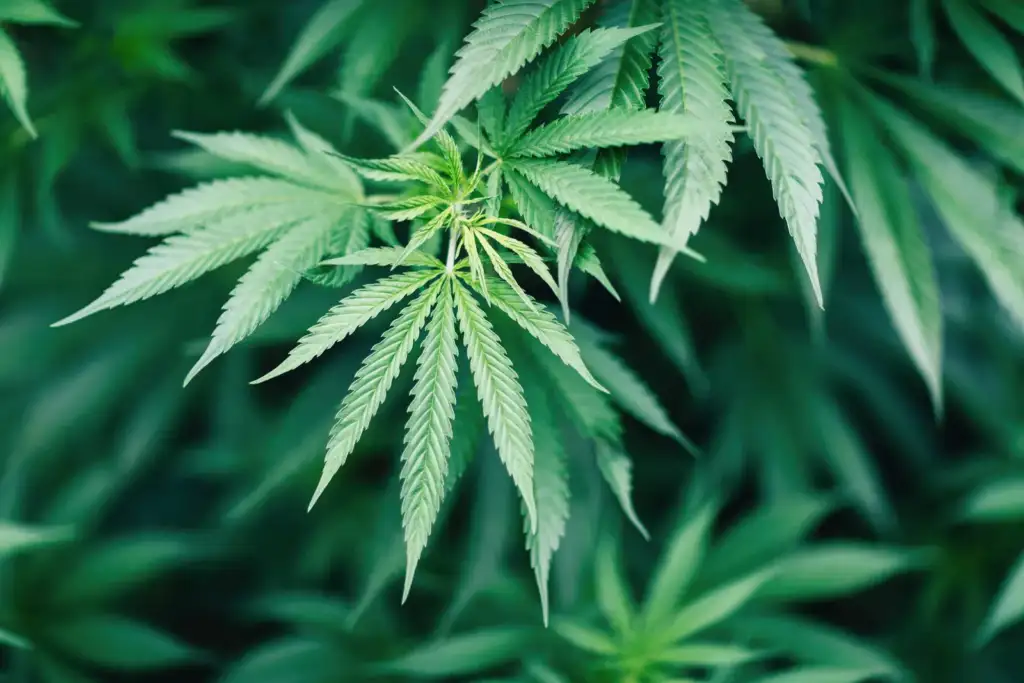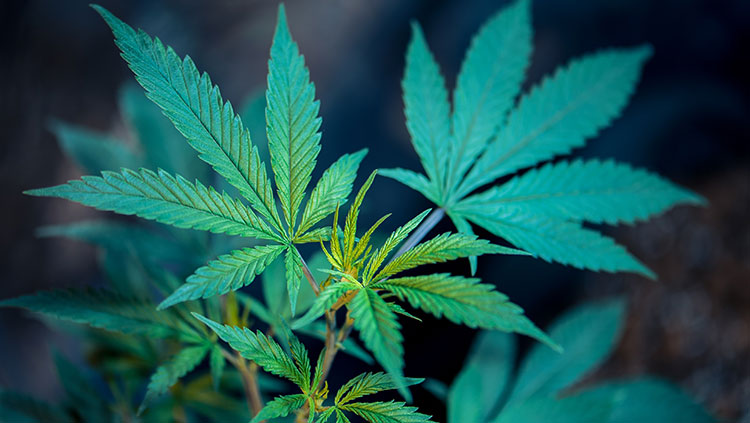Two cannabis products can start from genetically identical plants grown in the same conditions, yet end up with completely different quality levels based entirely on how they’re processed after harvest. The extraction method, temperature controls, handling practices, and refinement steps all dramatically affect what consumers eventually experience. This matters more than most people realize – a premium strain processed poorly performs worse than a mid-grade strain processed well. Understanding these processing differences helps explain why products with similar THC percentages can feel completely different, why some concentrates taste clean while others are harsh, and why price doesn’t always correlate with quality in straightforward ways.
The cannabis industry has matured enough that processing technology now varies enormously between producers. Some still use basic methods that were state-of-the-art a decade ago. Others employ techniques that preserve compounds most consumers don’t even know to look for. These processing differences create quality gaps that affect everything from flavor to effects to how long products stay fresh.

Flash Freezing and Fresh Frozen Material
The quality journey starts immediately after harvest. Traditional processing dries and cures cannabis over weeks, which allows some degradation of volatile compounds. Flash freezing plants right after cutting preserves these compounds at their peak, particularly terpenes that give cannabis its aroma and contribute to effects.
This fresh frozen approach requires specific equipment and handling that many producers skip to save cost and complexity. Plants go into freezers within hours of harvest, staying frozen through extraction. The result preserves the plant’s living chemistry in ways dried material can’t match.
The difference shows up clearly in the final product. Fresh frozen extractions smell and taste noticeably more like living plants – brighter, more complex, with aromatic notes that disappear during traditional drying. These aren’t just aesthetic differences. Terpenes interact with cannabinoids to influence effects, meaning preservation affects the experience beyond just flavor.
Solvent Selection and Extraction Parameters
Extraction methods separate into solvent-based and solventless categories, each with quality implications. Butane, propane, CO2, and ethanol all extract cannabinoids but do so differently, pulling various compounds and requiring different refinement.
Hydrocarbon extraction using butane or propane efficiently pulls cannabinoids and terpenes while leaving behind undesirable plant material. When done properly with fresh frozen material, this creates what’s known as live resin – concentrates that maintain the plant’s original terpene profile. Temperature and pressure during extraction matter enormously. Too hot and terpenes volatilize away. Wrong pressure and the extraction pulls compounds that need further removal.
For those seeking products that showcase proper extraction technique, options to Buy Live Resin Online from reputable sources demonstrate what careful processing can achieve in preserving the full spectrum of compounds. The quality difference between properly executed extractions and rushed ones becomes obvious once you’ve experienced both.
CO2 extraction uses carbon dioxide under pressure to pull compounds. This method is very clean – no residual solvents to worry about – but historically struggled with terpene preservation. Modern CO2 systems have improved but still often require adding terpenes back after extraction to match the flavor profiles that hydrocarbon methods naturally preserve.
Ethanol extraction works at scale efficiently but pulls more unwanted compounds, requiring extensive refinement. The trade-off is high throughput at the cost of more processing steps and potential compound loss during cleanup.

Post-Extraction Refinement
Raw extraction output contains cannabinoids and terpenes but also fats, lipids, and other plant compounds that affect quality. How these get removed matters significantly.
Winterization uses cold temperatures and solvents to precipitate out fats and waxes. This cleanup step is essential for smooth-vaping concentrates but must be done carefully to avoid losing terpenes along with the unwanted compounds. Rushed winterization or wrong temperatures compromise quality.
Distillation refines extracts further, separating cannabinoids by boiling point. This creates very pure cannabinoid fractions but strips away terpenes in the process. Distillate products often have terpenes added back, but these are usually botanical (not cannabis-derived) and don’t perfectly recreate the original profile.
The choice of how much to refine involves trade-offs. More refinement means cleaner, more consistent products but less of the “whole plant” experience. Less refinement preserves more original compounds but risks leaving in substances some people prefer to avoid.
Solventless Methods and Quality
Solventless extraction – primarily rosin pressing – uses heat and pressure without any chemical solvents. This appeals to people wanting minimal processing, but quality still depends on technique.
Rosin quality starts with material selection. Hash rosin made from ice water extraction of trichomes produces cleaner, more potent results than flower rosin pressed directly from buds. The micron size of the screens used in ice water extraction, the temperature and pressure during pressing, and the timing all affect the final product.
Fresh frozen material works here too. Live rosin uses fresh frozen plants processed into ice water hash then pressed, preserving terpenes similar to live resin but without solvents. This process requires significant skill and expensive equipment, making quality live rosin some of the most expensive concentrates available.
Temperature Control Throughout Processing
Heat degrades cannabis compounds. THC converts to CBN. Terpenes volatilize and disappear. Every processing step involving temperature requires precise control to preserve quality.
Extraction temperatures, refinement temperatures, even storage temperatures between steps all matter. Producers with proper equipment maintain tight temperature windows. Those cutting corners let temps fluctuate, degrading quality gradually throughout processing.
This is where processing really separates quality producers from cost-cutters. Proper temperature control requires investment in equipment and energy costs. The quality difference is real but invisible – consumers can’t see temperature logs, only experience the resulting product.
Contamination Prevention
Clean processing means preventing contamination at every step. Residual solvents, pesticides from source material, heavy metals from equipment, microbial growth, and foreign particulates all reduce quality and safety.
Third-party lab testing catches some issues, but prevention during processing matters more than catching problems afterward. Clean room environments, food-grade equipment, proper solvent purging, and handling protocols all contribute to final product safety and quality.
Budget producers sometimes skip these measures, gambling that testing won’t catch issues or that consumers won’t notice. Premium producers build clean processing into their standard operations because fixing contamination after the fact is difficult or impossible.
The Importance of Scale and Consistency
Large-scale operations can afford better equipment and tighter quality control but risk losing artisanal attention to detail. Small-batch processors maintain more control but might lack resources for optimal equipment.
The best quality often comes from mid-size operations with professional equipment and experienced staff who process carefully without the time pressure of massive volume. But generalizations are risky – some large producers maintain excellent quality while some small operations cut corners.
Consistency matters as much as peak quality. Processors who deliver reliable results batch after batch demonstrate control over their methods. Variable quality between batches suggests inconsistent processing even if some batches turn out well.
How Consumers Can Evaluate Processing Quality
Without facility tours, consumers infer processing quality from product characteristics. Clean flavor without chemical or plant taste suggests good extraction and refinement. Consistent effects batch to batch indicates controlled processing. Preserved terpene profiles in concentrates point to proper technique throughout.
Lab testing provides some insight – low residual solvents, passing pesticide tests, and confirmed cannabinoid/terpene profiles all indicate quality processing. But labs only test what they’re asked to test. Comprehensive panels cost more, so budget products might skip tests that would reveal processing issues.
Reputation develops over time. Processors who consistently deliver quality build track records that word-of-mouth and reviews reflect. New brands remain unknown quantities until enough people try them to establish patterns.
The Cost-Quality Relationship
Better processing costs more in equipment, time, and expertise. These costs get passed to consumers, meaning quality products typically command premium prices. But price alone doesn’t guarantee quality – some expensive products reflect brand marketing more than processing excellence.
The sweet spot for value often sits in the mid-price range where processors invest in proper technique without excessive markup for boutique branding. Bottom-tier pricing usually indicates corners cut somewhere in processing. Top-tier pricing might reflect genuine quality or might be paying for packaging and marketing.
Understanding processing helps evaluate whether price reflects quality or just positioning. Products explaining their methods and showing lab results generally back up premium pricing with actual quality. Vague marketing without specifics might signal paying for image rather than substance.
Processing quality ultimately determines whether cannabis products deliver the experience their genetics and cultivation could provide. No amount of quality growing can overcome poor processing, but excellent processing can elevate even average material into satisfying products.


